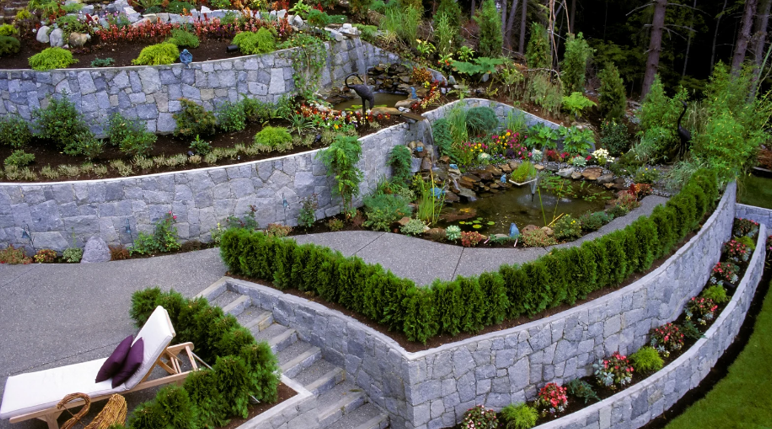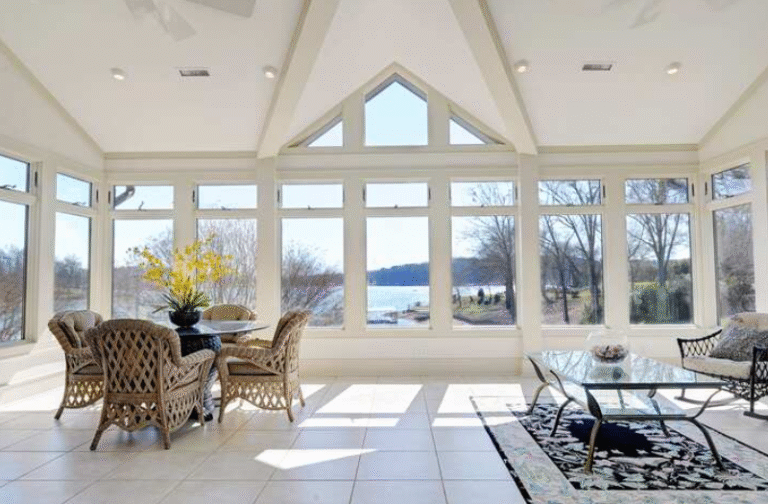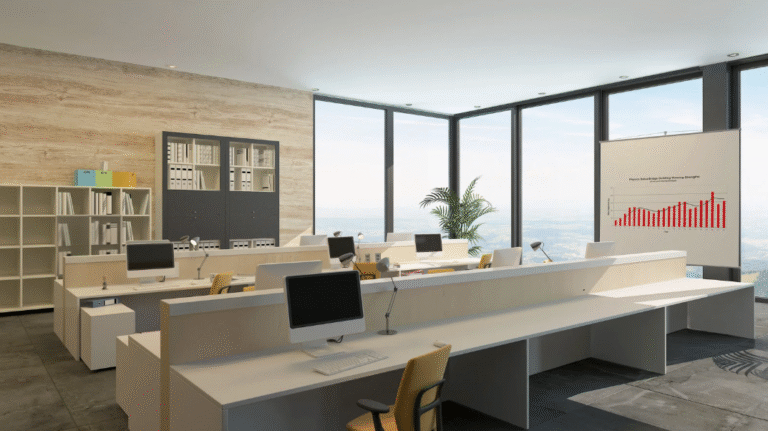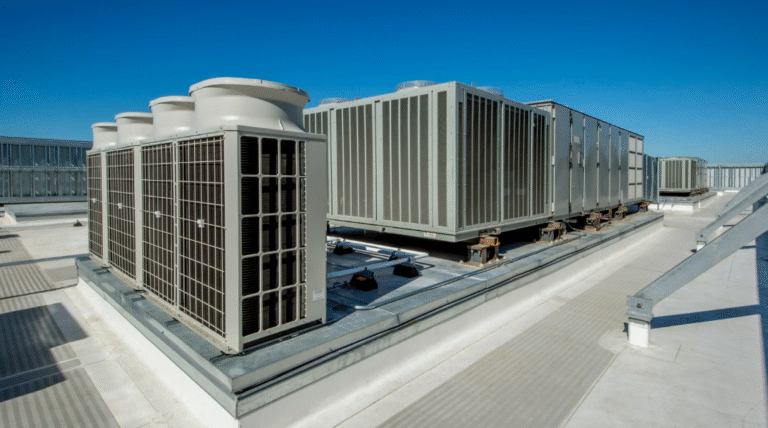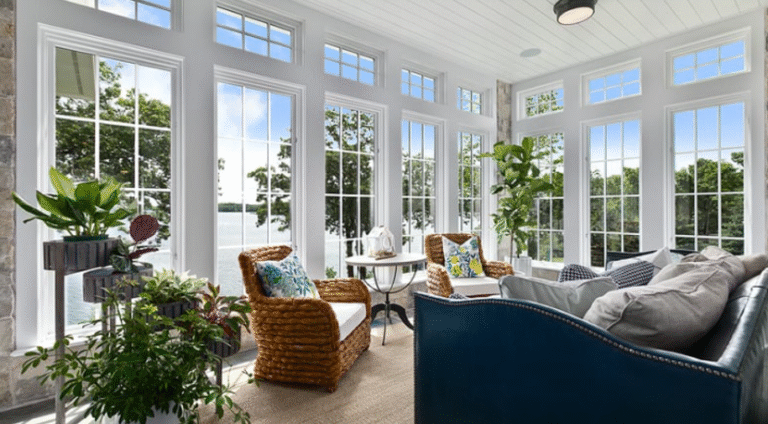Common Mistakes to Avoid During Retaining Wall Installation Projects
Retaining walls are more than just landscaping features; they are structural systems designed to hold back soil, prevent erosion, and enhance outdoor living areas. Poor planning or execution can lead to structural issues that compromise safety and functionality. Professional retaining wall installation in Johns Creek ensures these systems are built to last, combining engineering precision with visual appeal.
When mistakes occur, they often result in costly repairs and potential hazards. Understanding common pitfalls before starting a project can save time, money, and prevent long-term damage to the property.
Overlooking Proper Drainage
One of the most common errors in wall installation is neglecting adequate drainage. Without an outlet for water, hydrostatic pressure builds behind the wall, eventually leading to cracks, bulging, or collapse. Drainage solutions, such as gravel backfill or perforated pipes, are essential to keep water from accumulating.
Ignoring the warning signs of water pressure can quickly escalate. Homeowners should be aware of common signs of retaining wall failure, such as leaning or separation, which often result from improper drainage. Addressing these issues during installation prevents premature deterioration and ensures stability.
Using the Wrong Materials
Another mistake is selecting materials based solely on appearance rather than structural needs. While decorative blocks or untreated timber may look appealing, they often lack the durability needed for long-term performance. Material selection should always align with soil type, load-bearing requirements, and environmental conditions.
Strong and reliable materials, such as reinforced concrete, treated stone, or engineered blocks, are designed to withstand pressure while maintaining their aesthetic quality. A professional approach ensures that form and function are balanced appropriately.
Ignoring Soil and Foundation Considerations
Soil composition is a critical factor that determines how well a retaining wall performs. Clay-heavy soil retains more water and exerts greater pressure on the wall, while loose or sandy soil may require deeper anchoring to stay secure. Failing to account for these conditions often results in structural instability.
Professionals understand how retaining walls help with foundation protection and soil stability by distributing loads and supporting weak areas. Proper site assessment ensures the wall is positioned and built with the right reinforcements to handle environmental demands.
Poor Construction Techniques
Even with the right materials and design, poor craftsmanship undermines the entire project. Skipping essential steps like compacting the soil, setting a proper base, or staggering block joints leads to structural weaknesses. Retaining walls demand precision to withstand years of pressure and shifting ground conditions.
Working with experienced professionals ensures construction methods meet both engineering and safety standards. This not only reduces the risk of failure but also extends the lifespan of the wall.
Conclusion
Avoiding mistakes during retaining wall installation is key to creating a structure that is both functional and visually appealing. From proper drainage and material selection to soil assessment and skilled craftsmanship, every step contributes to long-term durability. Investing in professional installation provides peace of mind, safeguards the property, and enhances outdoor spaces with a wall built to stand the test of time. Adding the right expertise from the start not only prevents costly repairs but also ensures the wall contributes to the property’s overall safety, stability, and long-term value.
